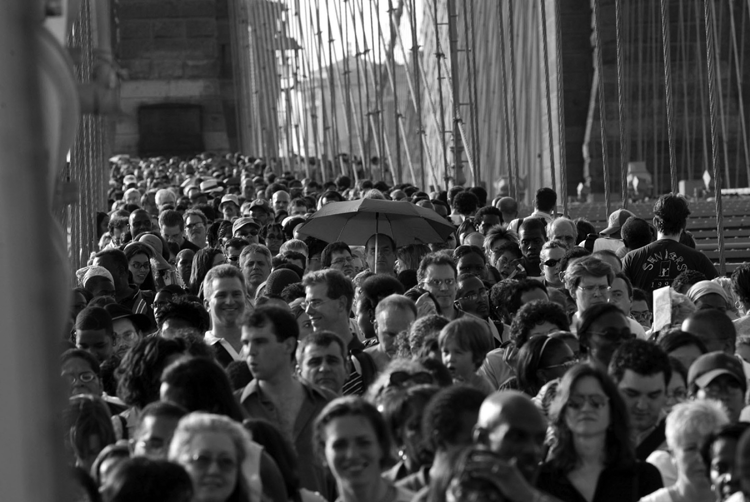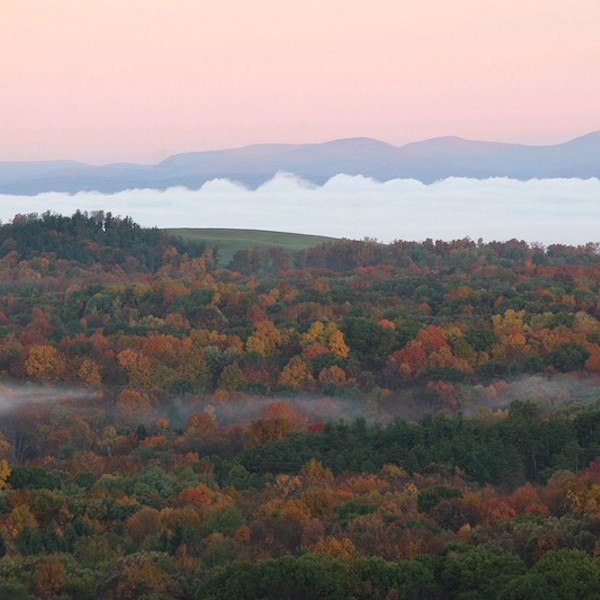
It’s a pretty big target to miss. More than a million immigrants achieve permanent resident status every year (twice the estimated number of undocumented arrivals). Seven hundred thousand people a year become US citizens, and half a million receive work visas. These immigration numbers are unprecedented in our history: For most of our nation’s more than 200 years, fewer than 500,000 immigrants were admitted annually and usually less than 300,000.
That pattern has been radically altered. A 2008 Pew Research Center report attributes 82 percent of US population growth to immigration, noting that the foreign-born population will pass its historic 19th-century peak of 15 percent within two decades. Largely because of immigration, the US Census Bureau estimates that from 303 million today we’ll grow to 400 million people as early as 2040, and 420 million by 2050. While some parts of the world, including Western Europe and Japan, are experiencing “birth dearth” with below replacement-level fertility, the US is growing so fast we now have the third-largest population in the world, after only India and China.
According to the Center for Immigration Studies, if we legally admitted just 300,000 people a year, by 2060 the population would be 80 million less than it’s likely to be on our current course.
Fifty-three percent of the 100 million people we just added were recent immigrants or their descendants, says the Pew Hispanic Center. According to the authoritative Population Reference Bureau (PRB), at least a third of US population growth between 1990 and 2000 was due to immigrants, and first- and second-generation Americans will constitute a third of our citizenry by 2025—the highest number ever.
Obviously, our numbers are swelling as a result of both legal and illegal immigration. PRB’s estimates are probably considerably understated, because of the difficulty of quantifying just how many illegal immigrants are currently in the country. (The most popular number is 12 million, but other estimates are much higher.)
Tom Barry, a senior analyst with the Center for International Policy (CIP), admits that there’s “no question that most population growth is from immigrants and the effects of ‘chain migration’ [the policy of family reunification that gives priorities to extended family members of current residents].” Barry’s own proposals for immigration reform not only include a path to legalization but also restrict family reunification to “the immigrant’s spouse and children,” an idea that he admits is controversial.
Indeed it is. The New York Immigration Coalition, for instance, says that any immigration bill that includes cuts in family immigration “is a profound betrayal of the family values and basic fairness that all Americans cherish.” Chung-Wha Hong, the group’s executive director, calls for “a broad and simple legalization for immigrants; a future worker program with full rights and a clear path to citizenship; family unity; and strong protections for due process and civil rights.” Under such a plan, illegal immigrants would have nearly the same rights as legal immigrants.
There are “push” factors that cause people around the world to seek better lives for themselves. And there is an environmental impact to our projected growth—a virtually taboo subject for many of the larger green groups, and for much of the media, too. It seems nearly impossible to have a sane and unbiased discussion of this hot-button issue, one that avoids racism and just looks at the numbers.
The “I” Word
There is no more agonizing issue on the American political agenda than immigration. America is, as we’re frequently reminded, a nation of immigrants. We absorbed 25 million people between 1860 and 1920, and most observers believe we are a stronger nation because of it.
But America’s current circumstances are vastly different than they were at the turn of the century. In 1900, there were 25.6 Americans per square mile in the US; now it is 83 per square mile, a more than 300 percent increase. Further, immigrants are concentrated in certain states, with California being a prime destination. The state has 36 million people today (with a relatively dense 230 people per square mile). The population has doubled since 1960, but it could nearly double again, to an astonishing 60 million, by as early as 2050.
















